- stackconf online 2021 | Why you should take care of infrastructure drift
- stackconf online 2021 | On-call done right: how even a developer can help
- stackconf online 2021 | Autoscaling with HashiCorp Nomad
- stackconf online 2021 | Continuous Security – integrating security into your pipelines
- stackconf online 2021 | Kubernetes Native Continuous Deployment with FluxCD, Flagger, and Linkerd
- stackconf online 2021 | Help, My Datacenter is on Fire
- stackconf online 2021 | Continuous Security – Integrating Security into your Pipelines
- stackconf online 2021 | Fuzzing: Finding Your Own Bugs and 0days!
- stackconf online 2021 | Monitoring Microservices The Right Way
- stackconf online 2021 | Policy-as-code in Kubernetes with Gatekeeper
- stackconf online 2021 | Stretching the Service Mesh Beyond the Clouds
- stackconf online 2021 | Stretching the Service Mesh Beyond the Clouds
- stackconf online 2021 | Spot the Anti-Pattern
- stackconf online 2021 | How DevOps changed the way we operate software
- stackconf online 2021 | We accidentally created a Cloud on our IBM Cloud
- stackconf online 2021 | The Tyranny of Taylorism and how to spot Agile BS
- stackconf online 2021 | First hand experience: How Nextcloud stayed productive during COVID-19
- stackconf online 2021 | Reference Architecture for a Cloud Native Digital Enterprise
- stackconf online 2021 | How we finally migrated an eCommerce-Platform to GCP
- stackconf online 2021 | Introducing Thola – A tool for Monitoring and Provisioning Network Devices
- stackconf online 2021 | Setup Min.io and Open Policy Agent for a multi purpose scientific platform
- stackconf online 2021 | GitOps: yea or nay?
- stackconf online 2021 | The Importance of Visuals in Teaching Code and Reducing Bias
- stackconf online 2021 | Enabling multi-cloud and breaking vendor lock-in with Cloud Sidecar
- stackconf online 2021 | Pragmatic App Migration to the Cloud: Quarkus, Kotlin, Hazelcast and GraalVM in action
- stackconf online 2021: Data Driven Security
- stackconf online 2021 | Platform as a Product
stackconf online 2021 is over and was a full success. It was all about open source infrastructure solutions in the spectrum of continuous integration, container, hybrid and cloud technologies. We’re still excited about all of our experts sessions and the large number of participants who joined us from all over the world. In the following you get an insight about one of our talks.
Arushi Jain, a senior software engineer at Reddit, talked about anti-pattern in her speech at stackconf 2021.
The talk on “Spot the Anti-Pattern” dives deep into the study of anti-patterns. How it helps to create a common language and focus the stakeholders on it. It helps to analyse the past and find out how to interrupt the patterns in the future to avoid the same mistakes. The presence of anti-patterns and how to find one, this information is properly communicated, such as a commonly implemented practice with negative effects when used in varying degrees of severity. A common example of an anti-pattern is the fart system at work. Every system needs an upgrade after time and a variety of frameworks to develop the concerns and the need to show continuous upgrades. To develop a solution for any kind of anti-pattern, the one common thing is to analyse the record consisting of a particular volume to find out the pattern and then work towards the alternative things to design a better way.
Anti-patterns can be identified in almost everything and architectural and some micro-organisational examples that occur in everyday life were discussed. The follow up work is to keep all stakeholders informed and then have meaningful conversations to identify the counter plan by collecting the data and identifying the root cause. It also takes a team effort to identify the counter pattern and then work on the solution because nothing will happen in one go. Some patterns are complex and require multi-layered iteration to address.
About Patterns and Anti-Patterns
Following are some questions and answers that summarise the subject:
What is a pattern?
A pattern is a general repeatable solution to a commonly occurring problem.
What is an anti-pattern?
An anti-pattern is a common response to a recurring problem that is usually ineffective and risks being highly counterproductive.
Note the reference to “a common response”. Anti-patterns are not occasional mistakes, they are common ones, and are nearly always followed with good intentions.
Why anti-patterns exist?
Patterns exist because humans are flawed thinkers. Cognitive bias is a systemic error in thinking that occurs when people process and interpret information from their environment and then use that information to influence the decisions and judgements they make.
How can you identify an anti-pattern?
Identify human conflict.
Incomprehensible systems are a sign.
Look for teams who are constantly behind.
More from and about stackconf
stackconf 2022 will take place in Berlin. The final date will be announced soon. If you want to learn more about infrastructure solutions in advance you have the possibility to take look at our archive where you can find all slides and videos from this year’s stackconf.


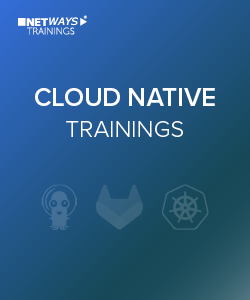
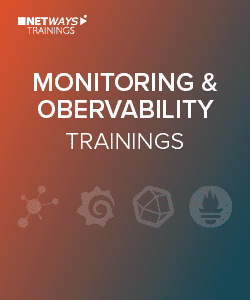


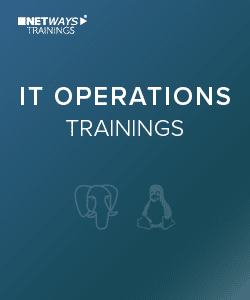
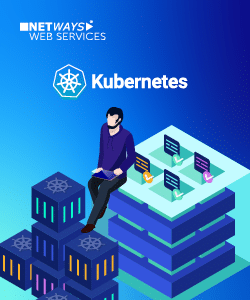

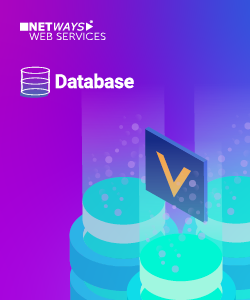









0 Comments